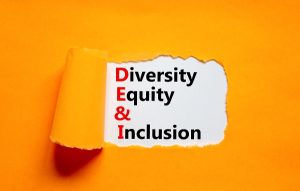
The speed at which technology evolves presents many challenges for the federal government, the first being the actual acquisition of solutions. Government procurement processes and policies have had to adjust and evolve to enable agencies to buy and implement the emerging technologies that support their mission.
Utilizing Existing Platforms
The Federal Risk and Authorization Management Program (FedRAMP) may be the largest and most visible example of this evolution, allowing agencies to securely acquire cloud solutions. The program is being used as a platform to ensure that other transformative technologies, like the cloud, can securely make their way into government systems. The Emerging Technology Prioritization Framework provides guidance on how cloud service providers can request their emerging tech-powered products be prioritized and then implemented. The initial focus will be on artificial intelligence (AI) solutions, focusing on chat interfaces, code generators and debugging tools, image generators, and associated application program interfaces. Continue reading





 The
The  Agile is not a technology but rather
Agile is not a technology but rather 
